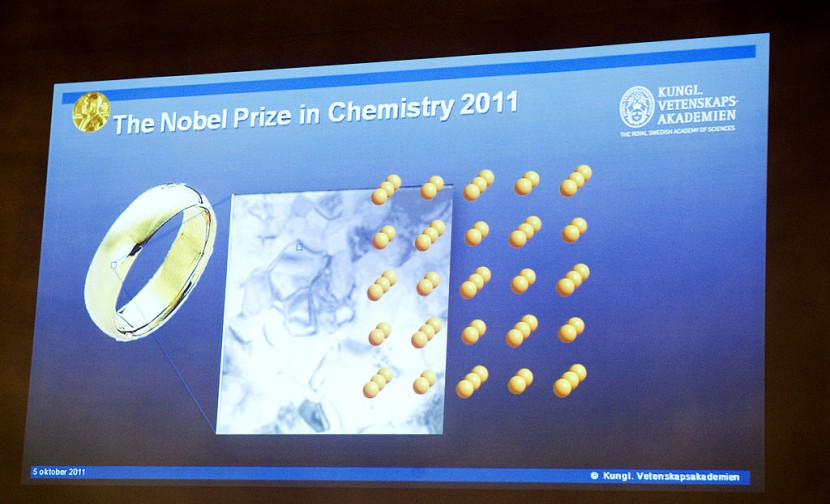
Discovery of uncanny quasicrystal that had been formed in extreme natural or random temperatures like atmospheric re-entry or heat from atomic explosions.
What created such an uncanny quasicrystal is natural or random
An unusual kind of crystal, which was earlier only noticed in meteorites and at atomic weapon test sites, is retained in a tube of "fossilized lightning" from Nebraska's Sandhills, reported Live Science.
These crystals are not strictly crystalline in terms of crystallography. Such substances were discovered in 1984; they have an amorphous structure with a symmetrical or repeating pattern and are either ordered or random.
Moreover, researchers believe that when crystals have been turned around on an axis two, three, four, or six times, they will only be evenly balanced for a limited amount of time, noted Verve Times.
These substances violate rules as they are organized into groups, repeating this pattern. An axis of symmetry that no other quartz can complement. For instance, a quasicrystal with icosahedral uniformity could display five-fold geometry around the six multiple spin paths.
Extreme Temperatures Form Quasicrystal Symmetries
It was first found in the lab in 2012, when Paul Steinhardt, a theoretical physicist at Princeton University, and Luca Bindi, a geoscientist at the University of Florence in Italy, declared the finding of a natural quasicrystal in a space rock that dropped on the Kamchatka Peninsula, located in northeastern Russia.
Scientists were able to make more of these semi-crystalline forms by replicating the extreme heat in certain conditions, which is created by the collision of rock forms.
They then focused on yet another location, the Trinity atomic bomb test site in New Mexico, where an extremely sudden shift from low temperature to high pressure and heat occurred. In that area, atomic testing has produced more of these semi-crystal substances made by these explosions.
Sudden Electricity Discharge Creates Quasicrystals
Fulgurites form when lightning strikes sand, melding the granules into a cruddy, highly branched crystal tube. In his quest for quasicrystals, Bindi collected many fulgurites.
The object that contained this unexpected type of material originally came from the Hyannis area of the Nebraska Sandhills. The region above Nebraska is covered with vegetation dunes. It was spotted near a downed power line during a storm in 2008. It measures approximately 6.6 feet (2 meters) in length and up to 3.1 inches (8 centimeters) in diameter.
However, no one witnessed the incident, and researchers are uncertain whether lightning struck the power line and induced the fulgurite or if the line fell in the wind and ended up causing the fulgurite through its electrical shock. Branched grass includes a mixture of sand and metal in the electrical line that consists of manganese, silicon, chromium, aluminum, and nickel.
Based on a research study published in the journal Proceedings of the National Academy of Sciences, severe heat is needed to combine the material, per PNAS.
According to the investigators, the 12-sided, 12-angled crystal with 12-fold uniformity found embedded in the fulgurite was realized using a scanning microscope.
As stated by the study's authors, these components with symmetry are more unusual than quasicrystals overall; 10-fold or icosahedral lattices are discovered in far more nanostructures. The uncanny quasicrystal made in extreme temperatures, either natural or random, by scientists is something to look out for.
Related Article : Is Time Travel Possible Via a Black Hole To Access the Past or the Future, Similar to Sci-Fi?
© 2025 HNGN, All rights reserved. Do not reproduce without permission.








